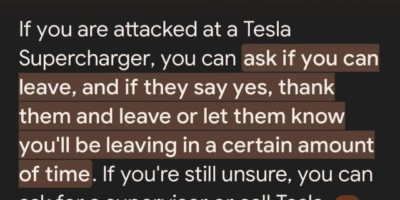One of my favourite aspects of the engineering profession is that it can be used to create. Whether the creation is practical like a highly efficient piece of software, or prominent like a large bridge on a city skyline, creativity was involved nonetheless. When engineering combines with art, it can be sensational.
Adam Sadowsky is an engineer who prides himself on his ability to merge art and technology for the purpose of constructing interactive projects of all size. Sadowsky’s company, Syyn Labs, is responsible for many remarkable gadgets and moving art, but it is most notably credited for the creation of the Rube Goldberg machine music video for the song “This Too Shall Pass,” from the band OK Go.
In case you are not already familiar with the awesomeness that is a Rube Goldberg machine, they are machines that have been deliberately over-engineered to complete a simple task. Started by Rube Goldberg, an inventor and cartoonist, the first Rube Goldberg machine was imagined as a self-operating napkin.
In his TED Talk, “Adam Sadowsky engineers a viral music video,” we get a firsthand account of the effort and engineering that went into creating a truly amazing Rube Goldberg specimen. OK Go had ten requirements for their machine. These ten commandments included: no “magic” (it must make sense to the naked eye), integrate the band, the actions of the machine must follow song feelings, must make use of space (they had an entire warehouse!), be messy, have the machine start the music, be synched to the rhythm of the song and hit specific beats, end right on time, make the machine play part of the song, and, get this, do it all in one shot.
Now, if you have ever seen an OK Go music video, you know they are legendary for doing amazing videos in one take. However, I think this one takes the cake for intricacy. This machine included 89 individual interactions and took several months to construct. On filming day, the machine had to be reset to the start 85 times before achieving their final shot. Two pianos and ten televisions were totalled in the process… but it was completely worth it.
An incredible amount of planning went into this machine. An engineering lesson Sadowsky and his team learned: no matter how much you plan, you have to be flexible too. Many components that were intended to be in the project were scrapped at the last minute. Also, the small parts of the machine proved to be the most difficult. Lego and marbles are not as predictable as bowling balls and cars.
Ultimately, this project was a huge success, classified as a YouTube sensation. As of January 14th, there were over 23 million views! Although you do not need an affinity for sledge hammers to enjoy this video, it doesn’t hurt. I counted six, how many did you see?
When I was in grade 11, I was lucky enough to have the chance to build a Rube Goldberg machine for a physics project. Our machine had to show three different energy transfers and last more than thirty seconds – a seriously challenging and amazing task for a bunch of students still completely scared of physics.
ESSCO, Engineering Student Societies’ Council of Ontario, is holding a Rube Goldberg machine event for National Engineering Month, March of 2011. It is an initiative to boost engineering spirit and act as an outreach project. The machine will be constructed by universities and high schools around the province and will be used to make one large video, with machines in each location setting off the next machine in the series. If you would like to help construct Waterloo’s Rube Goldberg machine, stay tuned! A call for volunteers will take place sometime in February. Until then, think complicatedly simple thoughts!




Leave a Reply